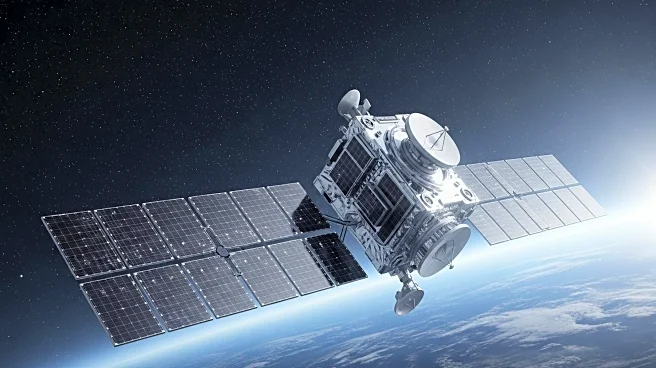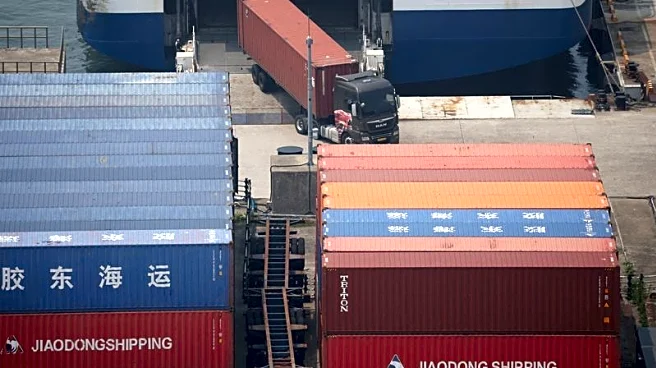What is the story about?
What's Happening?
AscendArc, a startup based in Portland, Oregon, has announced the sale of its first small geostationary communications satellite to KT Sat, South Korea's leading satellite operator. The satellite, set to be delivered in the second half of 2027, will provide 500 gigabits per second of capacity. AscendArc's design features a proprietary antenna that allows for a compact and cost-effective satellite, offering a competitive alternative to larger geostationary satellites. The satellite will target underserved communities in the Asia-Pacific region, aiming to expand internet access.
Why It's Important?
This development highlights the growing competition in the small geostationary satellite market, as companies like AscendArc offer lower-cost alternatives to traditional large satellites. The partnership with KT Sat underscores the demand for innovative solutions to bridge the digital divide in remote and underserved areas. AscendArc's approach could disrupt the market by providing high-capacity bandwidth at a lower cost, challenging established players like Boeing and Airbus.
What's Next?
AscendArc is in discussions with other regional operators and larger fleet owners to expand its market presence. The company is also preparing to compete for U.S. government contracts, having secured a $1.8 million contract from the Air Force for high-bandwidth satellite communications technology. As the demand for affordable internet access grows, AscendArc's small GEO satellites could play a crucial role in connecting remote regions.
Beyond the Headlines
The shift towards smaller, more cost-effective geostationary satellites reflects a broader trend in the satellite industry towards innovation and efficiency. This trend could lead to increased competition and collaboration among satellite operators, potentially driving down costs and expanding access to satellite services globally. The success of AscendArc's model could influence future satellite design and deployment strategies.
AI Generated Content
Do you find this article useful?
















